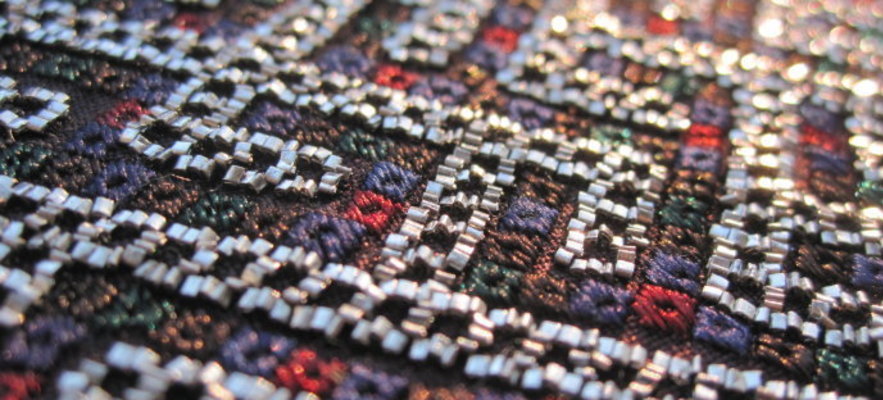Once tin embroidery used to be a craftsmanship hidden deep between the faraway mountains, but due to the occasional encounter with domestic tourists or foreign friends, the unique Hmong minority tin embroidery from Jianhe (Qiandongnan county) became known to the world. After having been past down for 600 years, it became part of Guizhou's first batch of "Chinese Intangible Cultural Heritage". Nowadays due to the impact of multiculturalism, this unique embroidery skill is gradually disappearing.
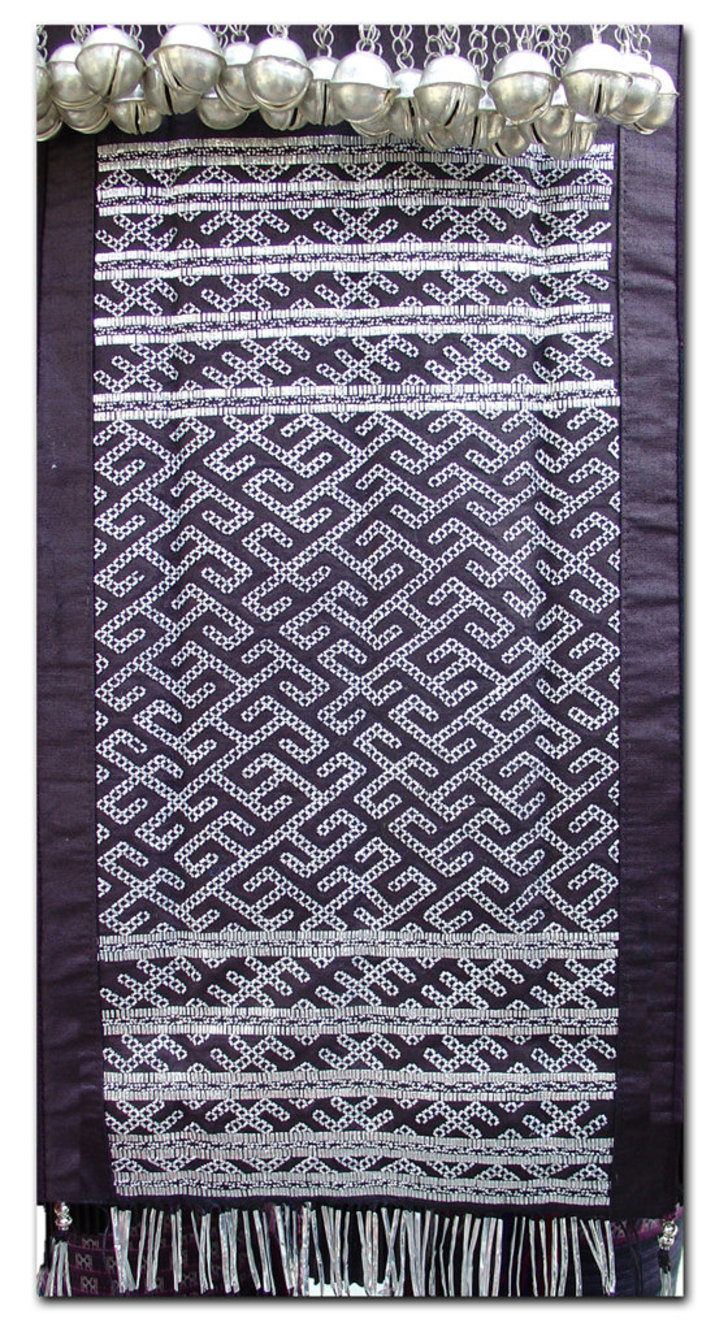
Hmong costumes are said to be “history books worn on the body”, because their history is so long and their origins not yet determined. A Hmong ancient song says: At the end of the Tang dynasty, beginning of the Song dynasty, the Hmong ethnic group migrated down from the central plains to Jianhe county, and have a history of more than one thousand years. Tin embroidery is the most unique kind of Hmong embroidery among the twelve kinds existing in the county. In appearance, the tin embroidery clothing resembles the military uniform armor style from the warriors of the Spring and Autumn Warring States Period (770 B.C to 221 B.C).
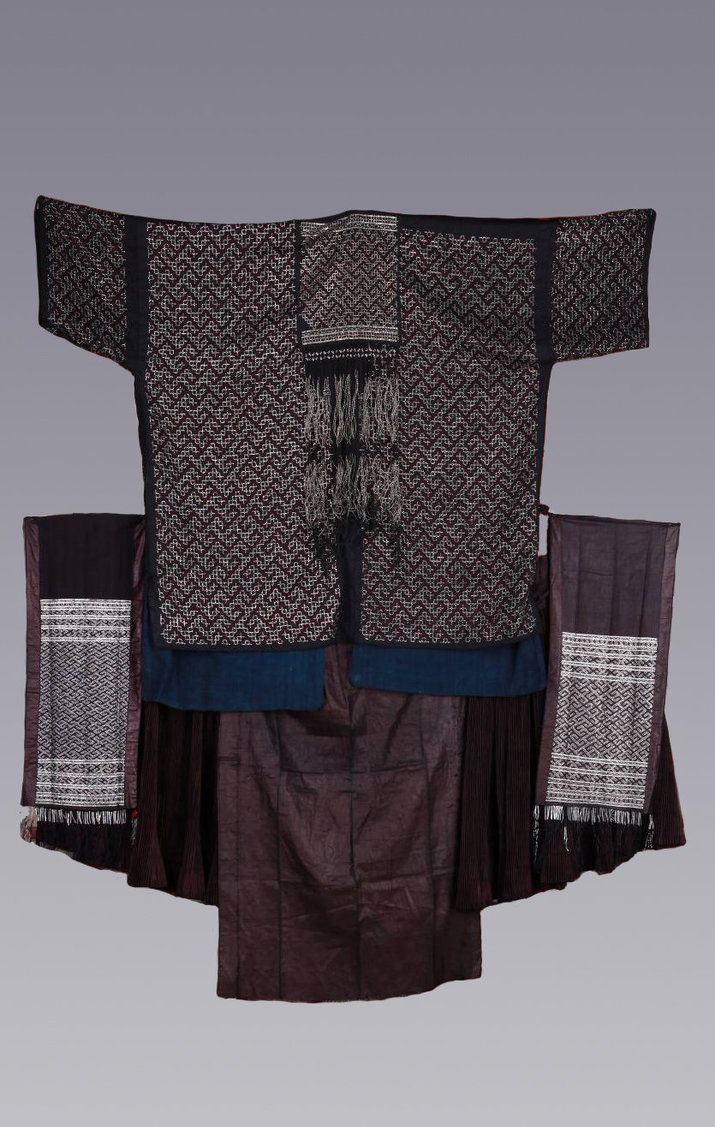
The Hmong tin embroidery is different from the other styles of embroidery: they use a blue-black cotton cloth as a base on which they embroider with a four-color thread (black, red, blue and green) the traditional patterns and flowers. Thereafter they use thin tin thread, shaped like a needle with a hook, to embroider the traditional patterns a the shirt's back, skirt's front and back. Silvery white thread contrasts well with the black cloth and the results are very bright and has good texture, like silver clothing. It matches well with a hat, earrings, chains and bracelets all made of silver and makes them look gorgeous and noble.

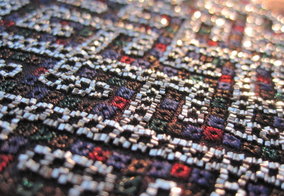
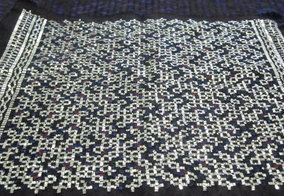
Originally, tin embroidery was used to measure a girl's growth, to see the way she interacts with people and her cleverness. But nowadays, more and more young girls go out to work in the city and don't learn the traditional ways anymore, so tin embroidery is on the verge of disappearing. Besides, very few young people are willing to understand the meaning of the cultural content and patterns, the cultural significance is lost on them.


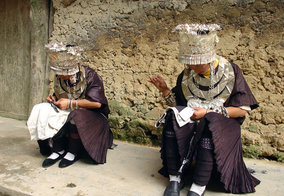
Fortunately, in order to save this dying culture, the government opened a “Jianhe Hmong tin embroidery protection and development training base” at the local school. The tin embroidery has already entered the classrooms; They also give rewards to embroiderers or organize a showcase, so that skilled craftsman can come forward.
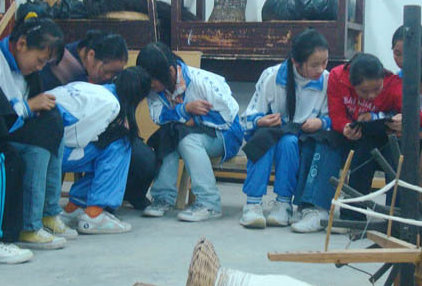
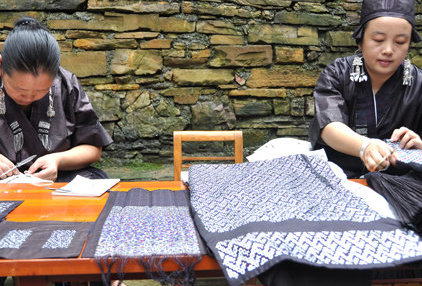
Do you want to see this with your own eyes? Come to Guizhou to discover one the most colorful and unique places of China!
Check out our tours, design your own or get in touch with us directly for more info!
Stay tuned on our Facebook, Instagram and Twitter accounts to discover amazing South-west of China!
- 324 reads
- Like this






